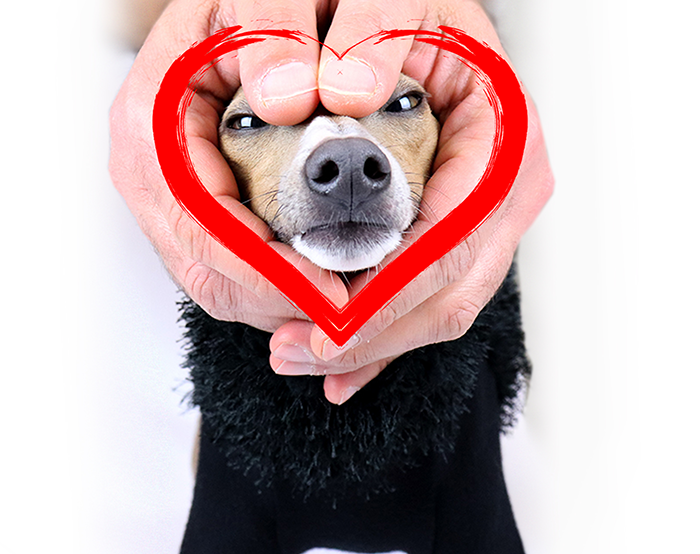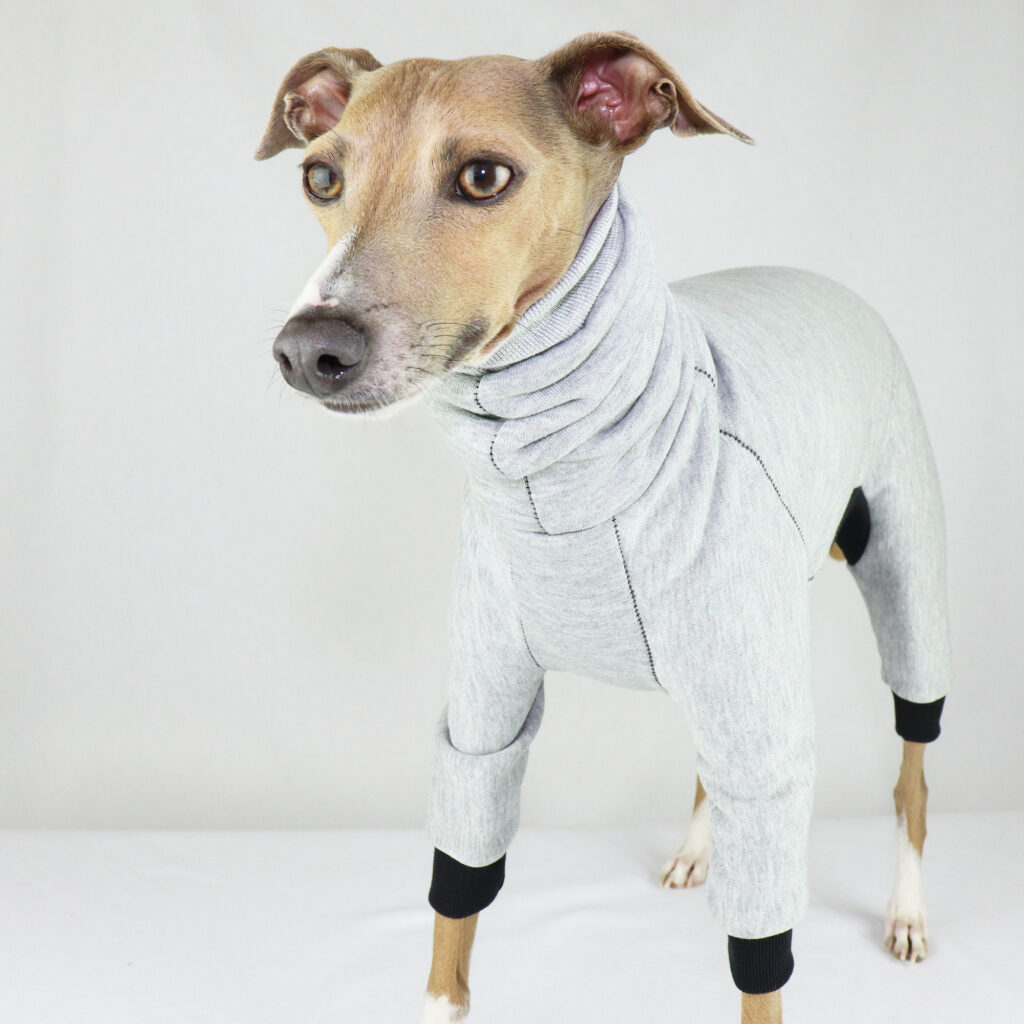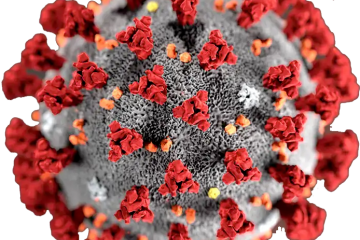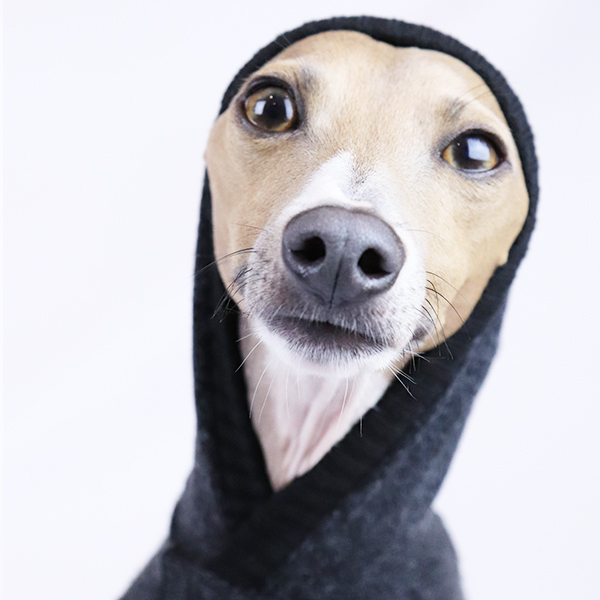There are few topics that stir fear in an Italian Greyhound owner as much as ‘toilet training’. Among groups on Facebook you will often see a desperate cry for help from an owner struggling to instill into their furry little family member the importance of going to the toilet outside. Before we get stuck into some of the strategies that can help you, it is important to understand that every dog, particularly an Iggy, is different. Just because it worked for someone else is no guarantee that it will work for you and your little one.
Your Breeder is Likely Your Best Knowledge Source
Don’t despair though, there are some very popular strategies that when used can certainly help you on your way to a ‘pee-less’ home. A disclaimer first, there are plenty of good reputable sources for tips on toilet training your Italian greyhound. First and foremost your breeder should be your first point of call. Most are highly knowledgeable and have years of practice to perfect what works best. More importantly though, they know the personality of your little Iggy better than anyone. So by extension they would have the better strategies (at least that was our experience).
Keeping all this in mind we recently ran a brief survey amongst a few owners and asked them for their strategies. We took the best most popular strategies and collated them into this one article, with a few, well meaning comments.
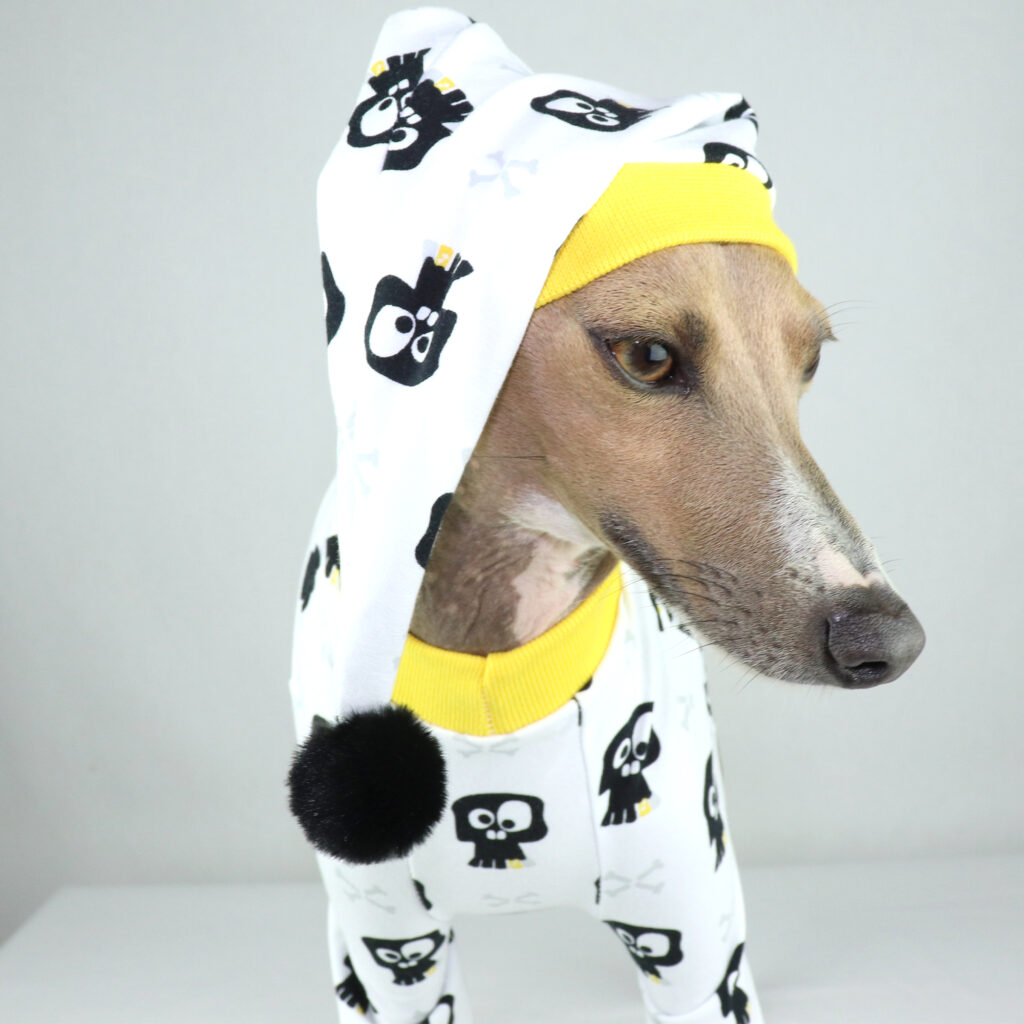
Here are some tips worth considering:
Patience
This is likely to be breed dependent, but you will need to understand that it can take almost a year before things click. The actual time is dependent on the dog itself. Some pick up quickly and others take time. No matter which group your Italian Greyhound falls into, it will be unlikely to occur overnight.
Routine
Probably the most important thing in any training method, is a solid and adhered to routine. No matter whether rain, sunshine or fire storms you need to instill a routine that your Italian Greyhound will begin to take as ‘normal’. Here is some sensible routines and key points to consider when setting your routine;
a.) Take your puppy out each hour on the hour (or some specified time that suits).
b.) Take your puppy out after each meal.
C.) Take your puppy out first thing in the morning when they wake.
d.) Take your puppy out just before bed (to empty the bladder).
e.) Use a trigger word (we use potty). Always use the trigger word.
f.) If you use a trigger word, always use the word when taking your little one out to the toilet.
g.) Always take them out in the same spot in the garden.
Treats
When your Iggy successfully goes to the toilet, you need to lump on the praise. Using treats is a great way to reinforce positive behaviour, however it is always recommended you combine treats and praise. The goal here is to make it special for them.
Preparing for success
It is never easy training your Iggy to use an outdoor toilet if it is bitterly cold. Running out in shorts and t-shirt can be a decision that sees you give up quickly if there is ‘no result’. To help set yourself up for success it helps to be prepared for what’s outside. Select a place near the door you will use for taking your Iggy out to potty, get some 3M hooks and place items on them that make this process easier. Here is what we would suggest;
a.) A warm jacket.
b.) Some treats in a treat pouch so you can grab it easily.
c.) A torch for those late night visits.
d.) Some shoes or slip-ons.
e.) An umbrella – for obvious reasons.
f.) A spare key (attached to the torch) so you do not get locked out early hours of the morning.
g.) Poo bags – also for obvious reasons.
h.) Baby wipes for cleaning feet and legs after your return inside.
i.) Something to eat (a energy bar) for those long stays when they just won’t go.
There is likely to be more and we’d be keen to hear your additions to the list. I can tell you from experience this list correctly positioned by the door made the whole process that little bit easier and avoided any accidents because you did not have to run around looking for anything, prior to going out.
Looking for the cues
The most important thing you can do is to learn the behaviours that your Iggy displays before toileting. For example most owners admit to seeing some of the following:
a.) Circling around an area previously soiled.
b.) Sniffing an area previously soiled (& circling).
c.) A faint whine or cry.
d.) Wandering off into an area they have previously soiled.
e.) The beginning of a crouch or arching of the back.
f.) The ‘pee-path’ where your Iggy walks around all the key places they have soiled and sniff.
g.) Disappearing from your site or attempting to hide.
Allow water access at night
There are some strategies that recommend you do not give your puppy access to water at night, so they cannot fill their little tummy with water and therefore have to toilet. This is not a strategy we agree with or would promote. That is not to say it does not work for some people, it is more that the risks are very high for causing stress and damage.
In this day and age of dry food, dogs need access to water more so than ever. Denying them water at any stage can harm your Italian Greyhound, in our opinion. This is NOT a strategy we would recommend. So ALWAYS allow access to water a night.
Allow your puppy to wake you at night if they need to toilet
There are varying opinions on this, however the common thinking is that you do not wake your puppy every 2 hours to allow them to toilet. If you do it is our opinion you risk training them to wake at night every 2 hours and going forward this is not something you would want or appreciate. If your puppy can hold on for longer than 2 hours, why train them to the 2 hour time frame? Or for that matter any time-frame.
To get them to inform you will require you reinforcing behaviour that when they show signs they want to go to the toilet that you are able to catch them at that time and take them to their designated area. Over time they will develop a tell and they will likely use this tell to let you know they need to toilet. In some ways it can be a bit like being a detective.
By way of example, as we always took our little one out through the same door to toilet, they would jump on the door as a sign they want to go out. We now have a clear sign they want to toilet.
Tethering
Tethering your puppy to you while in the house so you can see the signs is a reasonable strategy, however it is not always practical for some people. However, it can help you improve the speed of house training because you should be able to catch your Iggy on most occasions and the increase in regularity should deliver benefits.
Added to this it can also reduce chances of your Iggy jumping off couches and beds when they wander off and are not around and potentially harming themselves. So there is a dual benefit, however it is not necessary and does depend on the configuration of your home and your ability to restrict the movement of your Iggy. We did not use this technique and we training our Iggy within 3 months to be almost 100%.
Puppy Pads Can Be Useful
Puppy pads can be useful if used effectively, however they can also create issues if not correctly used. Dogs can get used to the idea of a mat beneath them when toileting and therefore your carpets and other mats become fair game. Here is the thing though. If you live in a house that is fully carpeted or covered in mats then your Iggy will get used to this feeling anyway, however if you live in a home with both hard floors and carpet this will create issues in some cases. Confusing I know.
That is not to say there are not useful ways to use puppy pads. If your puppy does get use to using puppy pads, you can slowly move the pads towards the location you want your Iggy to toilet. Leaving one on the grass outside and eventually removing it is definitely a strategy, however it does take a long time and will be a bit hit and miss. If you don’t mind cleaning up regularly, only use the pads at night as a safety mechanism (remember puppies have small bladders at young ages so will be unlikely to last the night).
Bladder size is the key (6 months)
It is always worth remembering that at a young age a puppy is unlikely to be able to hold their toileting for longer than 2 to 3 hours. This will stretch out over time as they get older, so if you are being woken frequently at night as they go to the toilet, keep in mind that this is likely to pass. All animals, dogs included, would prefer to stay warm and snuggled in their bed, resting, then getting up to toilet. Have faith this will pass and eventually they will sleep all the way through.
Never reprimand your Iggy for soiling in the house
It is natural human behaviour to feel like you need to express your distaste for your puppy soiling in your home, particularly if they soil in an area that you have a special attachment too. Many Iggy owners will tell you reprimanding them is not constructive.
That is not to say you should not express your dislike of their action, just make sure it’s toned right down and make sure it is balanced with a very positive reinforcement when they successfully toilet where you want them too. We have successfully used high value treats which we carry with us when we take our puppy out the door for toileting, coupled with a high pitch praise and plenty of patting. It works, consider this before any reprimand.
Bacterial spot spray
Bacterial spot spray can be hit and miss. They can be very effective at breaking down the bacterial remains that are left after your puppy toilets in the house. Do your research though, as some simply mask the smell and some, the more effective ones, actively breakdown the bacteria. Go for the latter, it seems to be more effective from what everyone told us.
Don’t look for a silver bullet
No matter whether you agree with this list or not the one indisputable fact is that there is no one thing or combination of things that will guarantee success. Some things work for some people and others work for other people. The point here is that consistency and patience is key and of all the comments we received it was the two things that almost everyone did. If you adhere just to these two things you will have a degree of success. Remember it takes time and the age of your puppy is key.
Breeder knowledge
Keep in mind, as we mentioned previously, that your breeder will likely be one of the most knowledgeable sources of information for your Iggy in regards to toilet training and many other aspects about bringing up a little Italian Greyhound.
Generally speaking most breeders have a long history in raising and training Italian Greyhounds. They should always be your first source for advice on what to do and what not to do. Having experienced the quality of information a good breeder can provide we would take the advice of the breeder above any information published online or elsewhere, even information you read in this article.
This list
This is by no means an exhaustive list and in some cases this advice could be questioned. Please keep in mind this list has come from numerous sources including our own personal experience. It is equally important that you understand every dog is different and as a result what works for one, may not work for you. These strategies are nothing more than a collection of the best advice we could source from other owners as well as our experience. If you have more you would like to add to this list or would like to question some of these points, we would be happy to hear and edit this advice if you what you say has merit.
Best of luck and most of all keep consistent and persistent.
Team @ Royal Hound

